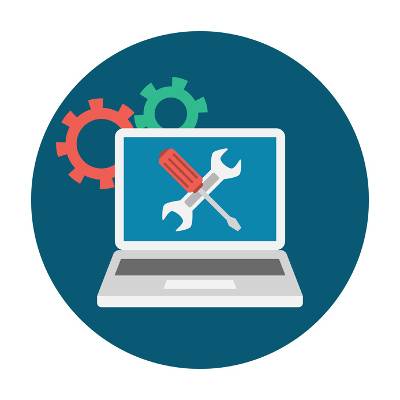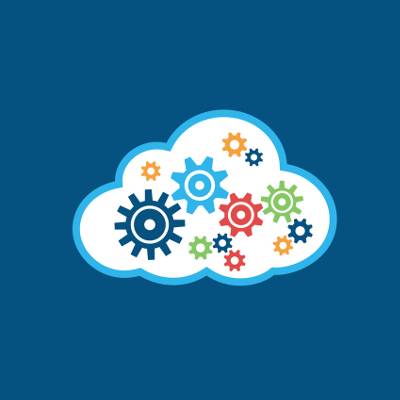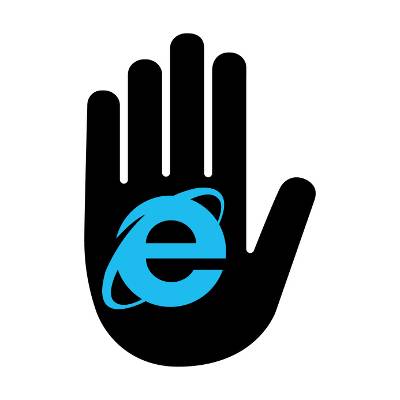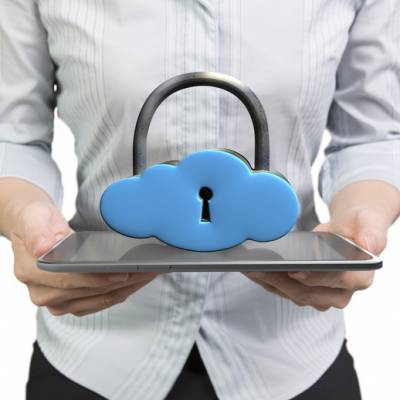One of Microsoft’s latest moves to appeal to business owners has been to establish a Technology as a Service program, allowing small businesses to purchase Surface products, accessories, and support by subscribing to a monthly payment plan. What’s more, when time comes to upgrade, customers can do so, although some fees may apply as dictated by the lease.
Macro Systems Blog
Vacations are an important part of maintaining one’s sanity, especially if you’re a business owner. However, unless you have a reliable staff that can handle the management of your business, chances are that you might feel like you can’t get away from the office long enough to relax. While it might seem tempting to disconnect yourself from the office entirely while on vacation, it’s actually better for your business if you don’t.
Your wireless router is critical to your business’s online infrastructure and provides your team with precious wireless Internet connections throughout the office. You need to ensure that the signal can reach your entire office. Here are some tips to help you figure out where to put your router, and to ensure that its signal is as strong as possible throughout your office.
No security solution is perfect. Each one has its own set of pros and cons. For example, relying completely on an automated solution is thorough, but it will flag plenty of threats that aren’t really threats (aka, false positives). Meanwhile, a human overseeing security is great for spotting worrisome trends, but a human can’t possibly catch every single attack. With this dynamic in mind, a team of researchers from MIT has successfully blended the two.
Working at a desk is a fairly inescapable for the modern office worker. The trouble with sitting at a desk for long intervals is that it causes physical issues, especially if the workspace isn’t properly set up. Fortunately, you don’t have to invest in specialized equipment; it’s fairly simple to establish best practices that will ensure employee comfort and productivity.
The development of mobile platforms have led to the development of hundreds of apps that give users the ability to capture websites, take notes, and do just about anything else as it pertains to a person’s daily business tasks. Some users of modern smartphones (and other mobile devices) routinely complain about the reliability of the on-screen keyboard interface, as communication is as important to the development and outcome of projects as ever. For this reason, some developers have begun creating applications that allow users to dictate to their devices; turning spoken words in to text. Here are three of the most reliable options to turn your voice into text.
There’s no denying that your business’s productivity suite is one of its most valuable software solutions. Cloud services like Google Apps for Work and Microsoft Office 365 continue to be huge game-changers in the business environment, and it’s been found that their increasing popularity is thanks to the convenience of providing mobile access to important data and applications.
Google Drive, available for both iOS and Android, is continuously being updated with new features and functionality. One of the most interesting features is the ability to take a picture of a document, and store the file in Drive as a PDF. Plus, if the file has text, it will be compatible with Drive’s search function.
If your business is using Windows 10 on your workstations, you might have noticed that there are plenty of advertisements geared toward marketing some product or service to users. These advertisements can get annoying. We’ll show you how to turn off the lock screen ads that appear before you log in.
One of the latest vulnerabilities in open-source software can be found in 7zip, a file archiver and decompresser. 7zip has been found to have several security vulnerabilities which have software developers rushing to fix their products. The damage done extends far beyond 7zip, reaching both people who use 7zip itself, and developers who have used the technology in the creation of their own tools and software.
It’s important that your business uses the most recent version of any operating systems and software solutions used by your workforce, but Internet Explorer “fans” have had a rough start to 2016. Nearly a quarter of all Windows PCs are still using unsupported versions of Internet Explorer, half of which are still running Windows XP.
Social media may be a great way to connect with other professionals and communicate with your friends, but it can be dangerous if you have poor posting habits. Before you share something, think twice about whether it contains any sensitive information that could be risky to yourself and your business.
All business owners should be aware of which Microsoft products they use. It’s one of the many complex and confusing parts of managing your technology. Of course, all great things must eventually come to an end, and the same applies to your mission-critical applications and operating systems. When your solutions can no longer be considered secure and are no longer supported by the developer, you know it’s time to move on and upgrade to something better.
When you think about the stock market, one vibrant image that comes to mind is the chaotic trading floor of the New York Stock Exchange, with traders climbing over each other and barking orders. Today, the NYSE trading floor is much more subdued, a testimony to just how much technology has changed the financial marketplace.
In a recent poll by WSJ/NBC comparing tech companies to US presidential candidates, Google came out on top with 67 percent of respondents having a positive opinion of the company. Compare this to Apple’s 54 percent, and 43 percent going to the highest-rated candidate. Perhaps Apple and the politicians can take a cue from Google and make use of Easter eggs, because who doesn’t love Easter eggs?
It’s been over two years since Microsoft officially cut the cord on Windows XP. As the most popular Windows operating system at the time, it was a huge blow to both businesses and consumers alike. Thankfully, a migration to Windows 10 isn’t nearly as difficult as one from XP. What lessons can be learned from Windows XP’s end of life event that can be applied to upgrading to Windows 10?























